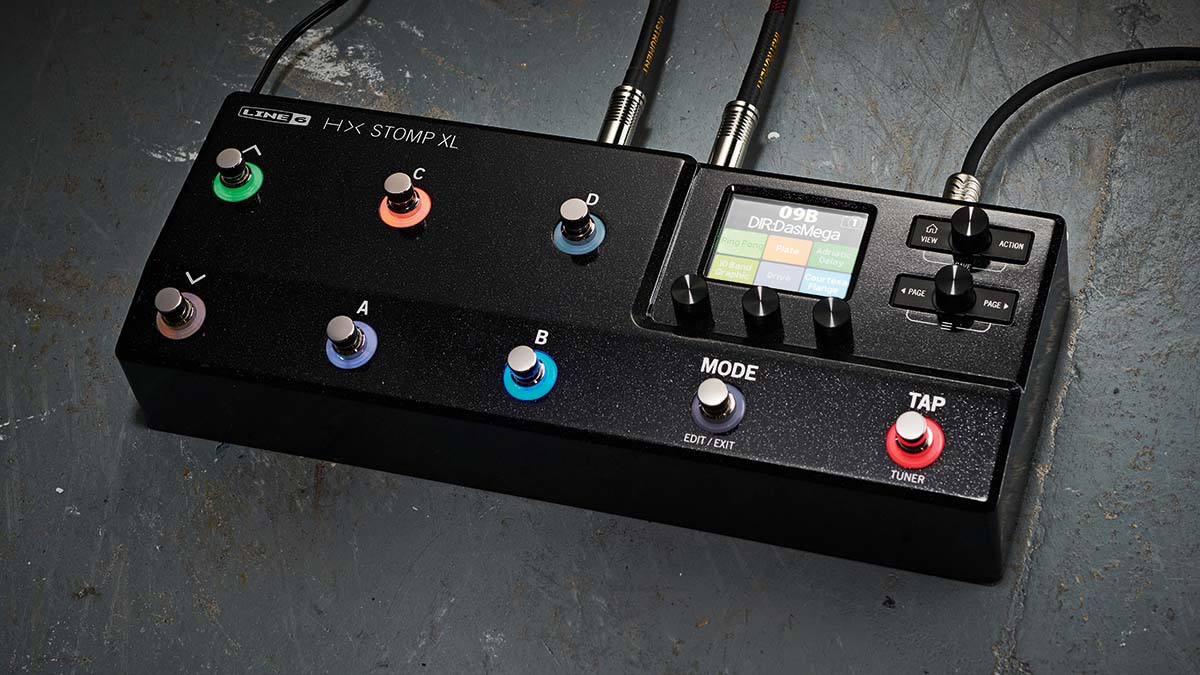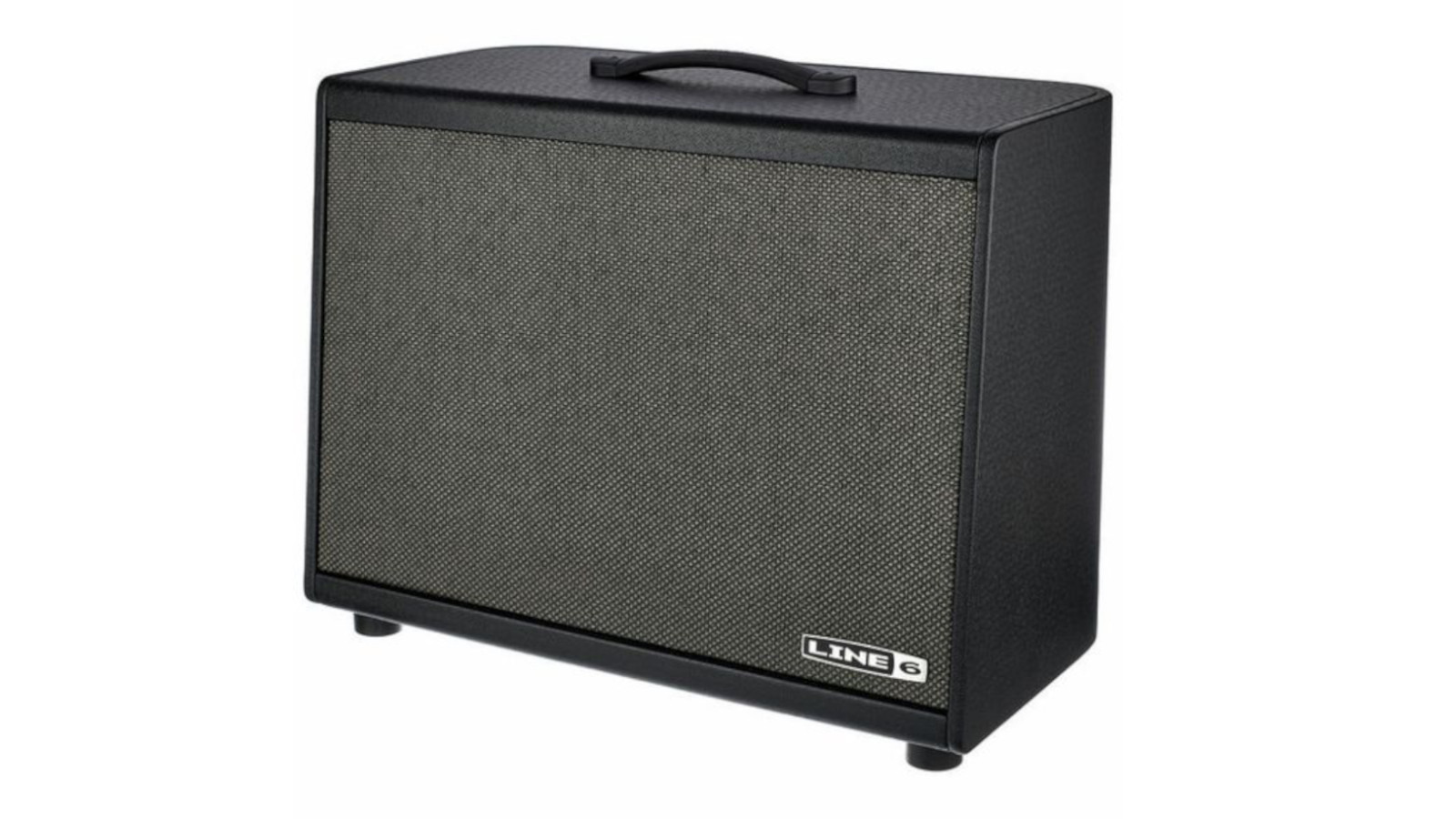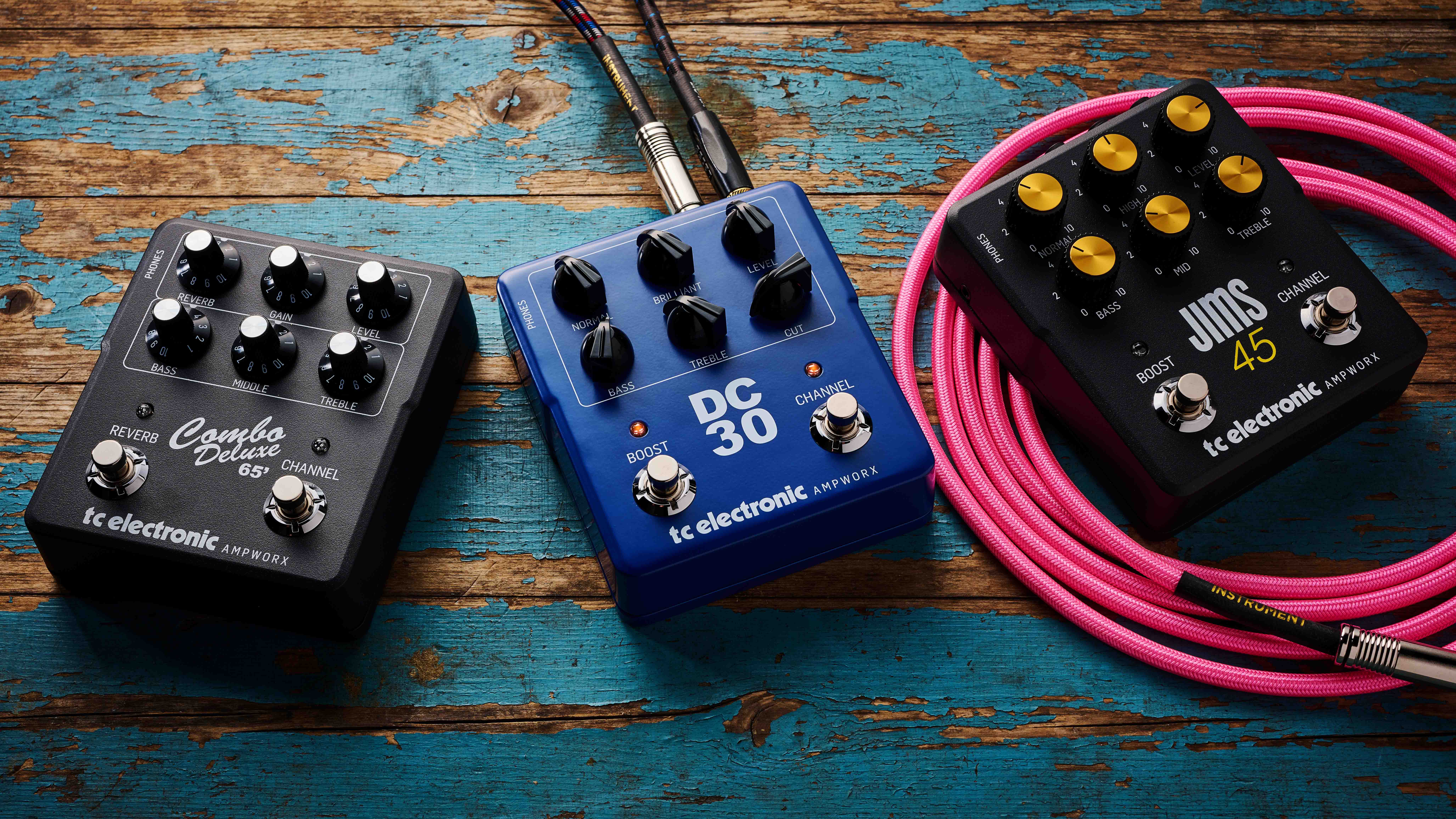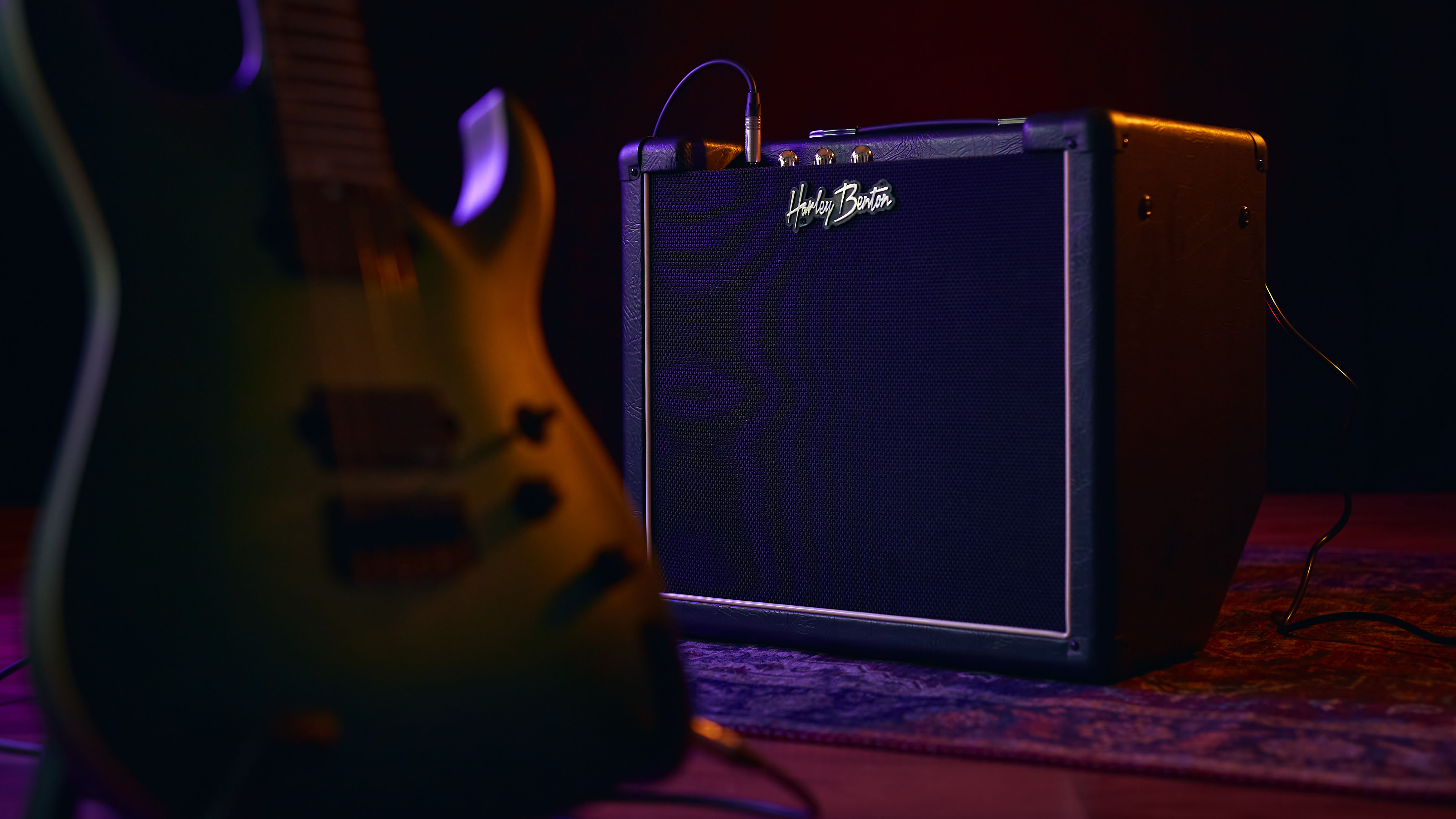
Eric Klein's role as Chief Product Design Architect at Yamaha Guitar Group placed has placed him in a vital role overseeing the development of Line 6's Helix – with the Helix Stomp and Stomp XL probably the best amp modellers in the market right now when it comes to the combination of value, compact size and fantastic ongoing firmware support. So when Klein offers insight and advice, we're listening closely.
His first blog in a new series called Model Citizens over on line6.com is a great one, because it considers something that can be and is overlooked, and just how important it is for your tone. If you're using an amp modeller – whether that's a rack unit, multi-effects pedal or a small amp pedal – what are you plugging into?

Firstly, Klein points out that the whole 'amp in a room' sound that's often used as a gauge of quality with modellers is a misnomer. He argues the phrase should be 'cab in the room', and this links back to the importance of pairing the right impulse response with your modelling units that I raised in my recent review of three TC Electronics Ampworx pedals. But IRs are only part of the equation for Klein.
What you hear is likely totally different than what the guitarist experienced that day in the session
"When you listen to your favorite records, the room in which the guitar amp was recorded, the microphone used to record it, the placement of the mic, the mic preamp and any other outboard gear used, the analog-to-digital conversion, digital processing, mixing (especially when trying to get the guitar to sit right with the rest of the instruments), and mastering can and do drastically change the sound," he points out.
"What you hear is likely totally different than what the guitarist experienced that day in the session. Now consider the myriad methods of listening to that recording—from cassette decks in older cars to budget Bluetooth earbuds on your morning jog to $100,000 audiophile systems in acoustically neutral listening rooms."

The amplifier hasn’t changed—but the playback systems and environments are completely different
More than a few variables at play then, so what's the optimum solution to get the true sound of an amp? "All of them," argues Klein. "The amplifier hasn’t changed—but the playback systems and environments are completely different." It's playback systems that he hones in on, and for guitarists with digital modellers those are FRFR speaker, P.A. speaker, headphones/IEMs, studio monitors, standalone power amp/real cab, and real amp/cab. And Klein looks at each in turn, with pros and cons.
He also notes that the Line 6 Powercab active guitar speaker systems are different than all of these. "They combine a powered wooden guitar cabinet with the ability to virtually swap out different drivers. But just like every other playback system, Powercab 112 Plus or 212 Plus can’t convince you that you are playing through, say, a 4×12 cab—though they can convince you it’s that particular 1×12 or 2×12 cabinet with different speakers. And they can also be set to function as excellent FRFR speaker systems," he notes – and product placement aside, that's been our experience with them too. You can upload your own IRs to them too.
Get the MusicRadar Newsletter
Want all the hottest music and gear news, reviews, deals, features and more, direct to your inbox? Sign up here.

With different strengths and potential drawbacks for players of each solution, Klein has some great tips on how to make your modeller 'playback system' behave more like a real cab.
Everything from simply turning the master control up (and down) according to your environment, to virtual mic experimentation, can make a big difference. We'd urge you to read the full blog over at Line 6 and we're looking forward to reading more insights from Eric Klein.

Rob is the Reviews Editor for GuitarWorld.com and MusicRadar guitars, so spends most of his waking hours (and beyond) thinking about and trying the latest gear while making sure our reviews team is giving you thorough and honest tests of it. He's worked for guitar mags and sites as a writer and editor for nearly 20 years but still winces at the thought of restringing anything with a Floyd Rose.
“A pedal that sings with harmonic richness and blooming touch response”: Tone King offers up boutique tube amp tones for your pedalboard with the Imperial Preamp
“Each and every unit is perfectly dialled in to the 'sweet spot' that can be so elusive to find in vintage pedals”: Pigtronix’s Gas Giant is a high-gain fuzz pedal with a FET-driven onboard noise gate









